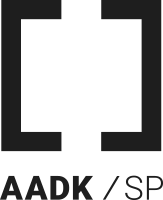
09 Aug Clara J:son Borg
Residence period: June-July- August 2018
Web
June 2018
Clara will be an artist in residence at Centro Negra for three monts and her research project is departing from the theorist Sandra Noeth’s lecture concerning bodies, borders and choreography held at the Body of Evidence conference at the Dance and Circus University in Stockholm in January 2016.
During Clara’s first three weeks at Centro Negra, she has been looking at processes around division and usage of land, how this has informs and establish identities, and the theoretical language in relation to it. She has also been looking at the history and philosophy around mobility of the western liberal body, it’s chorographical scores and the social spectra it exists within.
July 2018
Clara works alternating movement with reading and storytelling. Trough them, she has shaped a performance that reflect upon the impact of Western ideas in the demarcation of territory and in the use of spaces. How do they codify our body and our movements? How do they affect our perception of distance?
Clara identifies three axes that condition action and movement: naming, prohibiting, and reaching physical limits. Through the idea of dividing land, the history of mobility, and the choreographic principles of space she organizes three sequences that go from the narrative to the choreographic and from the individual to the collective.
The images that are distributed in the room frame three of the four geographical points that in antiquity were conceived as the limits of our world.
August 2018
Clara works alternating the language of the body and the verbal. During her residency, her work has focused on reflecting upon the impact of Western ideas in the demarcation of territory and in the use of spaces.
Clara identifies three axes that condition action and movement: naming, prohibiting, and reaching physical limits. Through the idea of dividing land, the history of mobility, and the choreographic principles of space she organizes three sequences that go from the narrative to the choreographic and from the individual to the collective.
One of the videos that Clara presents contain parts of the proposals that she has been developing during the residency, while the second one is a text which describes the choreography of how to cross the border to Gibraltar from Spain.
The images that distributed in the space frame some of the geographical points that in antiquity were conceived as the limits of our world.
These photographs, extracted from Google, interest her not only for its aesthetic dimension, but because of the potential of all images to break the language barrier. They allow the audience to add new narratives and they introduce the virtual space as another dimension to be analyzed.
















